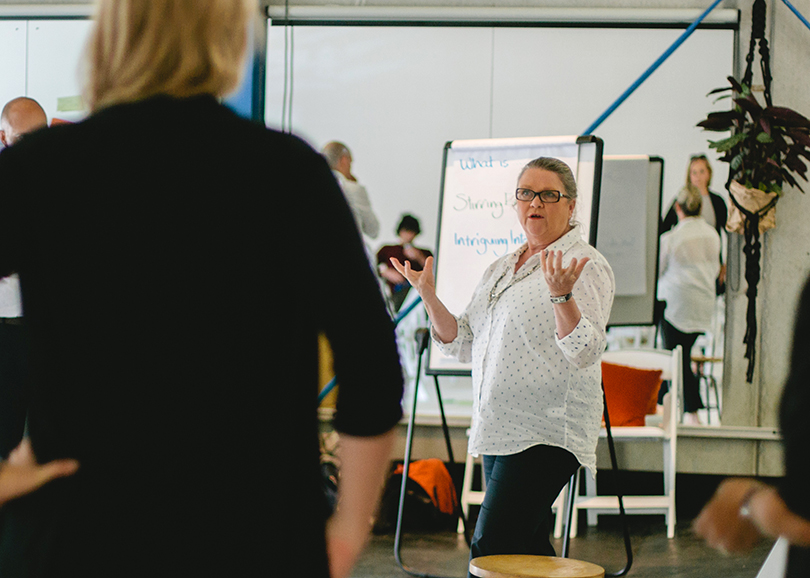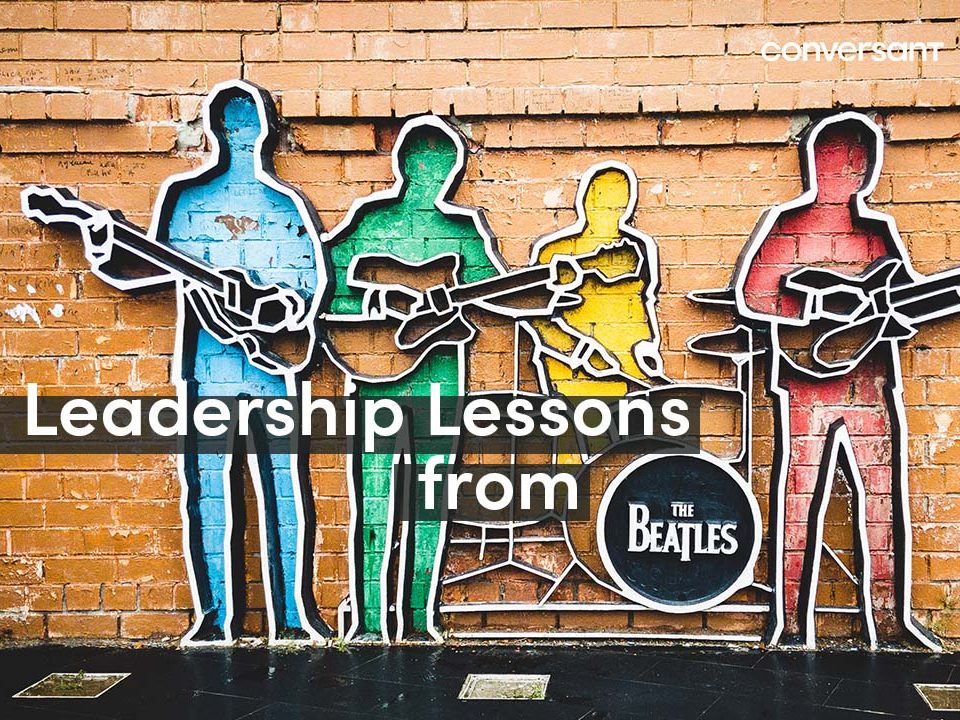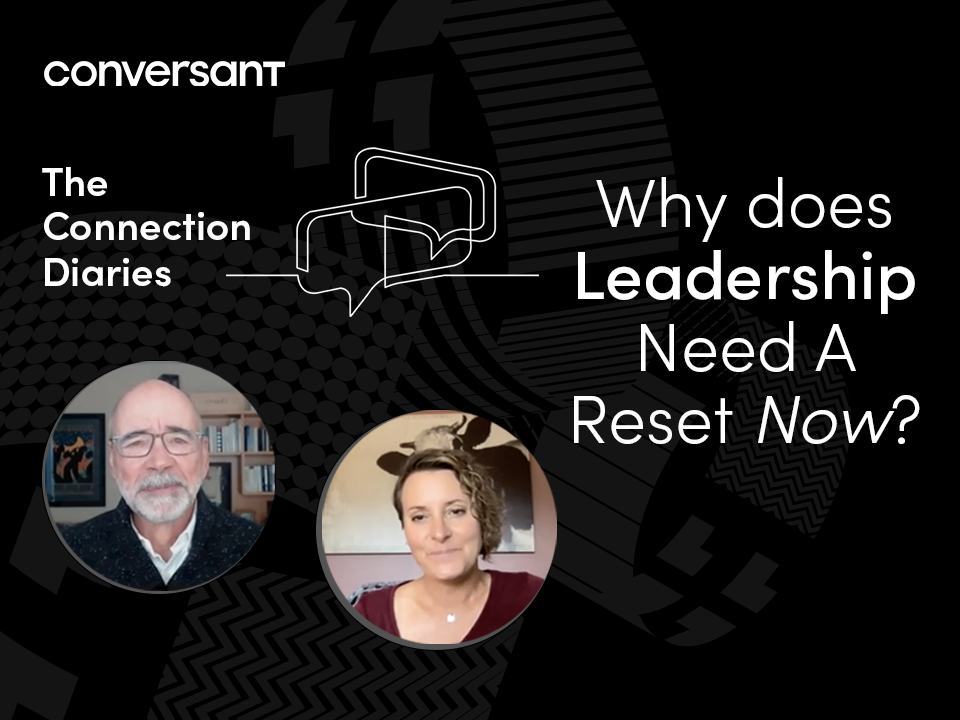How many of you find yourselves not only wanting to collaborate to get something done, but really needing to collaborate? By that I mean, you realize that working alone or even in a very small group will hinder the outcome of an important project. For example, a production engineer must find the source of a manufacturing breakdown, but can’t find anything out of spec in her own process area. A marketing person is asked to explore a new market with little or no available data to rely on. Or a non-profit may be trying to solve early childhood learning readiness but is overwhelmed in understanding all the disciplines and factors that may contribute to the problem.
Should you and your team face challenges like these, you’ll need to put some fundamental elements in place. Here are the top six steps you can use to successfully build collaboration.
1) Find the right partners. This is all about developing a more comprehensive and aligned view of the problem or challenge. When there’s high complexity and lots of uncertainty, it takes collective wisdom and coordinated action to move anything forward. Like the fable of the blind men and the elephant, we each see only our own view, but need a whole view to know accurately what we are dealing with. In order to find the best partners, consider who else is focused on this problem, but from a different angle? Who with a different view would enthusiastically share resources and ownership for achieving a breakthrough? Once the right team is on board, move together to steps 2-6.
2) Articulate a shared purpose. Once a shared view of reality is in place, make sure you articulate a reason why your collaboration should exist. For example: is your team trying to save a river basin? To get dramatically more children successfully through school? To serve a market in need that has been previously ignored? Make sure all partners bond with this purpose and that the words mean the same thing to all of you. This builds coherence and commitment.
3) Decide on a result worthy of everyone’s commitment. This may not be as easy as it sounds. But alignment on how success will ultimately be defined is as important as alignment on a shared purpose. For example, in the work we did with The Nature Conservancy on the Mississippi River watershed, success will ultimately be measured by the reduction of hypoxia in the Gulf of Mexico. Yes, this will take years, and choosing that outcome took numerous lively conversations but united the group in the end around a powerful, shared target
4) Decide what you and only you together can provide. No doubt, so many people have already tried to make a difference in the area you and your partners have chosen. What makes your initiative special, different, or the solution to a key piece? Answering this question may take homework, but is essential to do. Otherwise well meaning work teams and coalitions risk trying to reinvent the wheel without learning from the contribution of others, without providing something of real value.
5) Decide where you will begin. In general, collaborations with many unknowns do not benefit from standard planning processes. Rather they are fueled by a shared view of where they are beginning and where they are headed. By choosing the best few things to start with, the team will get into action and learning quickly. The immediate results and the associated learning is almost never predictable but is always valuable and energizing.
6) Learn and adjust, learn and adjust. With consistency and regularity. Healthy group interactive processes are key to success through contention, accomplishment, learning, aligning and moving forward again. Review progress and adjust early and often, but always with the purpose and ultimate goal in mind. Appreciate each other for what you are bringing to the journey – you will find you enjoy the ride!
Do these six steps in order. (Actually #6 is a continuous loop, but to effectively adjust you need clarity of purpose and action soundly in place.)
Important principles behind all these steps:
− Keep in mind that alignment is not the same thing as agreement. Alignment is achieved only when everyone has helped each other confront the tradeoffs they will have to make to really deliver to a shared commitment.
− Stay connected, engaged and listening. The number one fatal blow to collaborative projects is when project members fail to fearlessly, and compassionately raise and resolve the inevitable issues that will arise.
When done effectively, these steps and principles provide a template for building momentum on a path to discovering extraordinary results.




